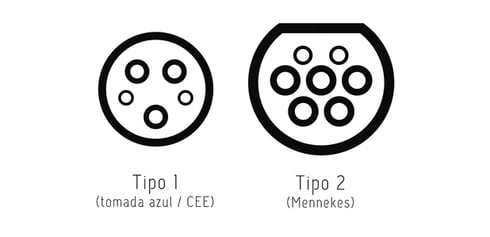In this article, you will quickly learn how to charge an electric vehicle, clearing up any doubts and dispelling common myths related to this subject.
Introduction
At Drivfit, we are committed to continuously improving our customers' businesses, which is why we have chosen to have an all-electric fleet, recognizing it as an economical and efficient option.
We understand that the transition to electric vehicles can generate doubts, especially regarding the charging process. This article has been created to clarify the different methodologies and questions about charging, in a clear and objective way, ensuring that you have the best possible experience with EVs.
There are two main forms of charging: domestic charging and public charging. We'll explain how each works.
1. Home charging:
Many drivers prefer to charge their electric vehicles at home overnight, taking advantage of the safety, convenience and lower electricity costs. However, it is important to note that home charging is slower (for example, to charge 100 km can take around 9 hours from a standard socket), which may not be ideal for TVDE vehicles, given the high daily mileage required. For faster charging, we recommend purchasing a wallbox with more power. Charging from household sockets is also feasible, but may require a specific cable and an increase in the contracted power to maximize speed.
2. Public Charging:
This segment of the article is designed to explore the various alternatives available at public charging stations, where speed and efficiency are crucial for those who need an agile solution for charging their vehicles. There are 3 types of public charging station:
Normal charging station (NCP):
transfers electricity to vehicles with a power output of 22 kWh or less, equivalent to approximately 100km of autonomy in just 30 minutes. Through mobile applications or websites, you can easily check the types of plugs available (such as type 1 or type 2/Mennekes) and the availability of charging points.

Fast charging station (PCR):
the transfer of electricity has a power of 43 kWh up to 100 kWh
Ultra-fast charging stations (PCUR):
transfer electricity to vehicles with a power output above 100 kWh;

Generally, PCNs are used for scheduled top-ups, while PCRs are more suitable for emergency top-ups, bearing in mind that, although they are faster, they generally have higher top-up costs.
-1.png?height=120&name=drivfit_logotipo_positivo%20(2)-1.png)